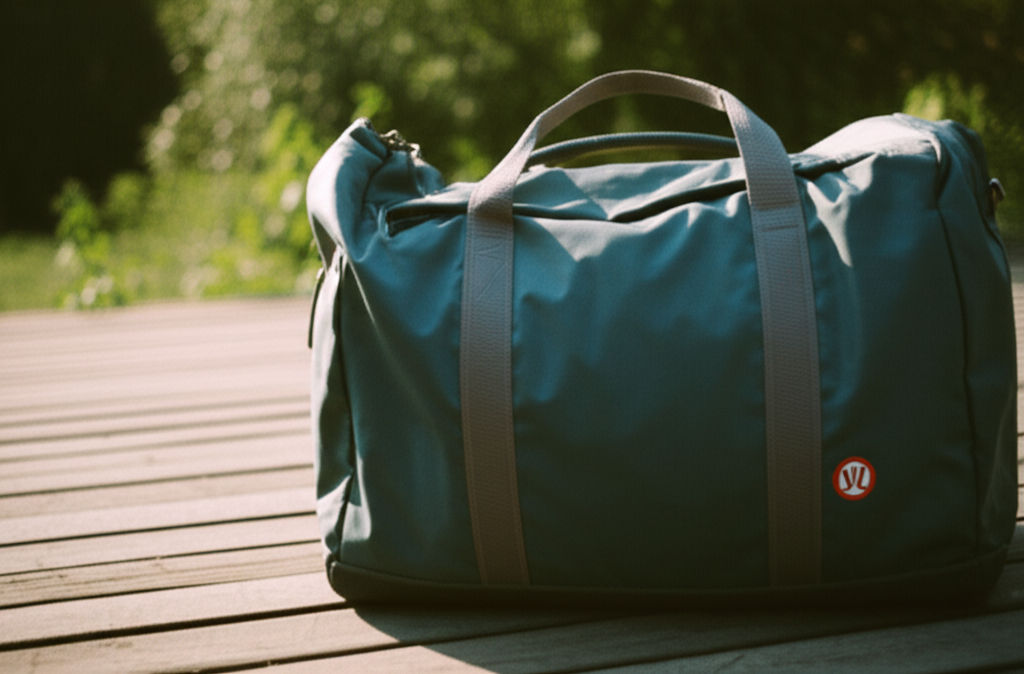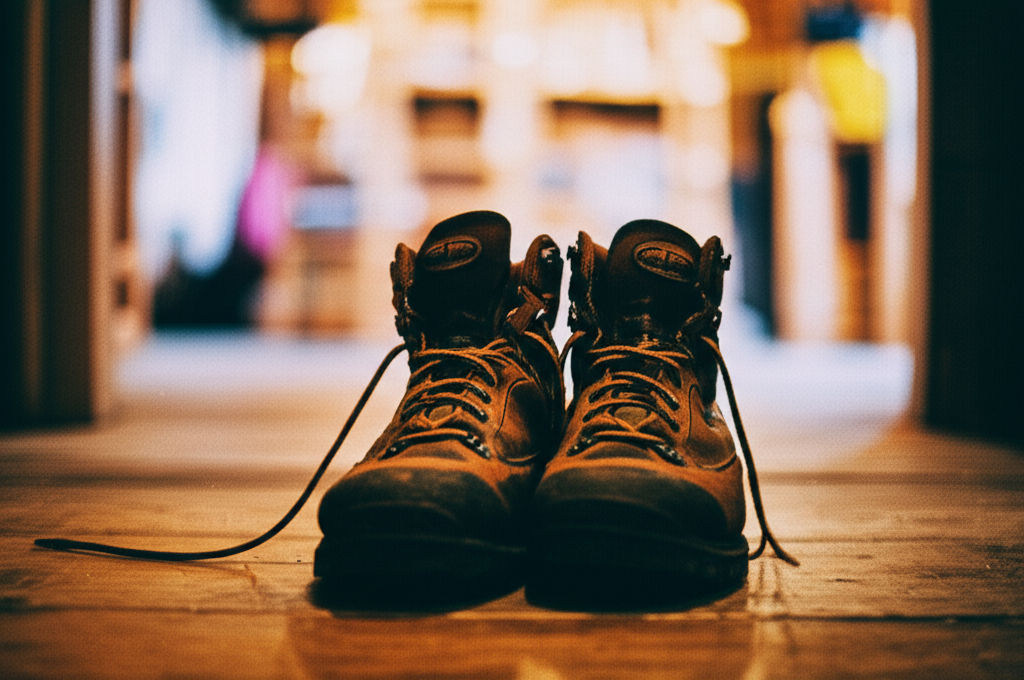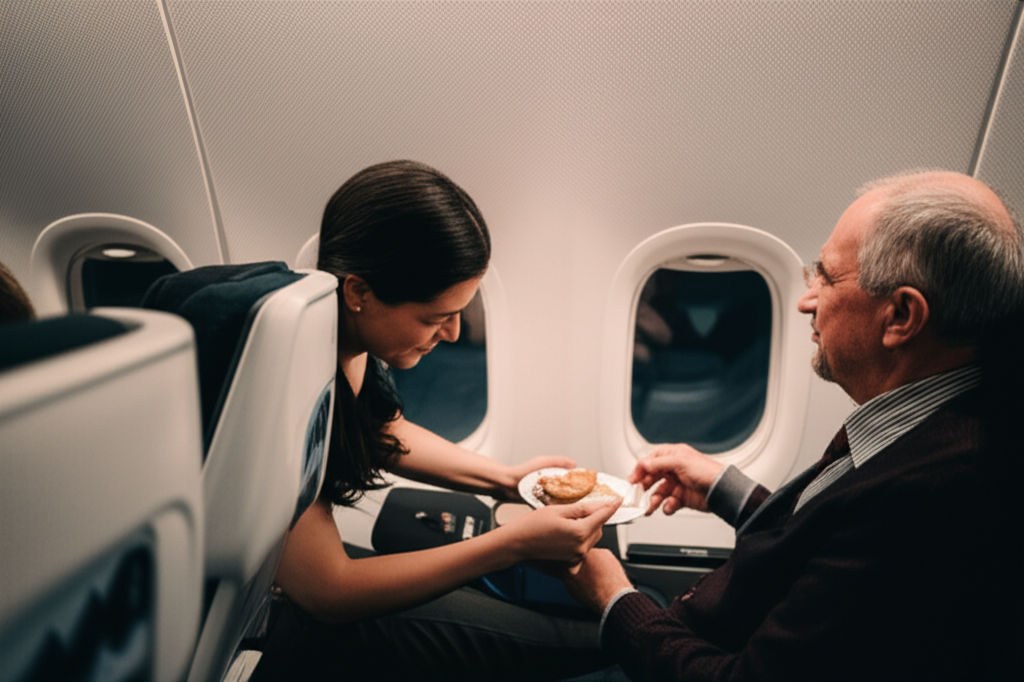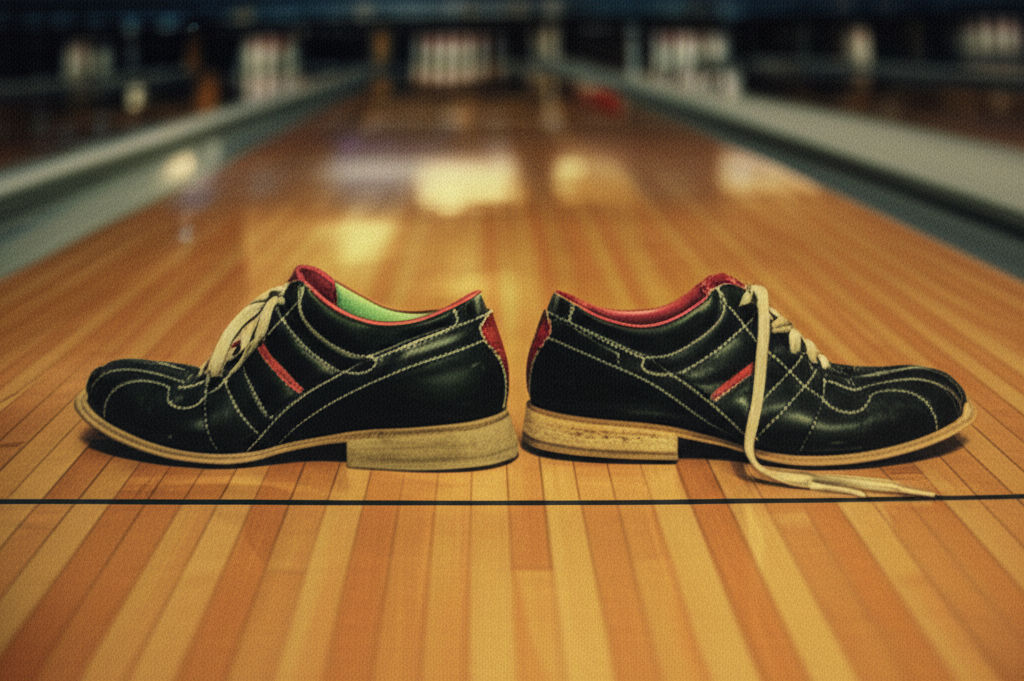How far centerfire bullets go
Ikhsan Rizki

Photo: Discover how far centerfire bullets travel. Learn effective vs. maximum range, influencing factors, and essential safety tips.
Understanding how far centerfire bullets travel is a common question for anyone interested in firearms, from casual enthusiasts to seasoned hunters and competitive shooters. The answer, however, is far from simple. It's a complex interplay of physics, ammunition design, and environmental conditions. This article will demystify the science behind bullet travel, distinguishing between "effective range" and "maximum range," exploring the factors that influence a bullet's journey, and emphasizing critical safety considerations.
Unpacking the Journey: How Far Centerfire Bullets Go
When a centerfire bullet leaves a firearm's barrel, it embarks on a ballistic journey influenced by numerous forces. Unlike rimfire ammunition, centerfire cartridges feature a primer located in the center of the cartridge case, designed for reliable ignition and consistent performance. But how far can these projectiles truly go, and what does that mean for practical use and safety?
Effective Range vs. Maximum Range: A Crucial Distinction
Before delving into specific distances, it's vital to understand the difference between two key terms:
- Effective Range: This is the distance at which a shooter can consistently and accurately hit a target, and where the bullet retains sufficient energy to achieve its intended purpose, whether that's ethical hunting or self-defense. It's about precision and impact. For example, a rifle might have an "effective range" for deer hunting up to 500 yards, meaning at that distance, a skilled shooter can reliably place a shot and the bullet will perform as designed.
- Maximum Range (or Dangerous Range): This refers to the absolute furthest distance a bullet can travel before gravity pulls it to the ground, regardless of its accuracy or remaining energy. A bullet can still be dangerous and cause injury or property damage at its maximum range, even if it's no longer accurate or lethal for its original purpose. This is a critical safety consideration.
It's common for a bullet's maximum range to be significantly greater than its effective range. For instance, a .308 Winchester round might be effective out to 800-1000 yards in skilled hands, but its maximum travel distance can exceed 5,000 yards (nearly 3 miles).
The Forces at Play: What Dictates a Bullet's Travel?
The path a centerfire bullet takes, known as its ballistic trajectory, is determined by a combination of internal and external factors.
Internal Ballistics: What Happens Inside the Firearm?
- Muzzle Velocity: The speed at which the bullet exits the barrel is paramount. Higher muzzle velocity generally translates to a flatter trajectory and greater initial range.
- Bullet Weight and Design: Heavier bullets tend to retain their energy better over longer distances, while lighter bullets often achieve higher initial velocities. The bullet's shape, specifically its ballistic coefficient (how aerodynamically efficient it is), significantly impacts its ability to overcome air resistance and maintain velocity. A higher ballistic coefficient means less drag and a longer, flatter flight.
- Caliber and Propellant: The caliber (diameter) of the bullet and the type and amount of propellant (gunpowder) in the cartridge influence the initial energy and speed imparted to the bullet. Different calibers are designed for different ranges and purposes.
- Barrel Length and Rifling: A longer barrel generally allows more time for the propellant gases to accelerate the bullet, leading to higher muzzle velocities. Rifling, the helical grooves inside the barrel, imparts a spin to the bullet, stabilizing it in flight and improving accuracy over distance.
External Ballistics: The Environment's Influence
Once the bullet leaves the barrel, it immediately contends with external forces:
- Gravity: The most constant and undeniable force, gravity continuously pulls the bullet downwards, causing its trajectory to arc. Shooters must account for "bullet drop" over distance.
- Air Resistance (Drag): As the bullet flies, it pushes through air, which creates drag that slows it down. The denser the air, the more drag the bullet experiences.
- Wind: Wind can significantly push a bullet off course, especially over longer distances. Crosswinds are a major challenge for long-range shooters.
- Atmospheric Conditions:
- Temperature: Hotter air is less dense, reducing drag and allowing bullets to travel faster and flatter.
- Humidity: Higher humidity slightly decreases air density, resulting in slightly flatter trajectories.
- Altitude: At higher altitudes, the air is thinner, which reduces drag and allows bullets to fly flatter and further.
General Ranges for Common Centerfire Calibers
It's difficult to give exact figures as so many variables are at play, but here are some general estimates for the maximum travel distances of common centerfire calibers:
- Pistol Calibers (e.g., 9mm, .45 ACP): Designed for shorter-range engagements, most pistols are effective within 25-50 yards for the average shooter. However, their maximum range can be surprisingly far. A 9mm bullet can travel up to 2,300 yards (1.3 miles), while a .45 ACP might reach around 1,800 yards (1 mile). Some sources even suggest 9mm can travel 2-3 miles.
- Intermediate Rifle Calibers (e.g., .223 Remington/5.56 NATO): Commonly used in modern sporting rifles, these are effective out to 300-500 yards. Their maximum range can extend to approximately 3,875 yards (over 2 miles) or even 0.85 miles.
- Full-Sized Rifle Calibers (e.g., .308 Winchester, .30-06 Springfield, 6.5 Creedmoor): These are popular for hunting and long-range shooting. A .308 Winchester can be effective up to 800-1000 yards and has a maximum range of up to 5,200 yards (nearly 3 miles). A .30-06 can travel over three miles.
- Magnum and Long-Range Rifle Calibers (e.g., .300 Win Mag, .338 Lapua Magnum, .50 BMG): These are built for extreme distances. Effective ranges can exceed 1,500 yards, and their maximum travel distances can be several miles. Cases like a .416 Barrett round setting a world record shot at 4 miles highlight the incredible potential of these specialized cartridges.
Safety First: Always Be Aware of the "Dangerous Range"
Regardless of the caliber, every shooter must prioritize safety. The fact that a bullet can travel for miles beyond its intended target means that what's "downrange" is always a critical consideration.
- Know Your Backstop: Always ensure your shooting area has a sufficient backstop that can safely contain any bullet that misses or passes through your target. Natural hillsides or purpose-built bullet traps are ideal. Never shoot at targets placed on the ground, as bullets can ricochet dangerously.
- Be Sure of Your Target and What's Beyond It: This is a fundamental rule of firearm safety. You are responsible for every round you fire. Always confirm your target and, crucially, understand the terrain and potential hazards far beyond it.
- Follow Range Rules: Whether at an indoor or outdoor facility, adhere strictly to all posted range rules, including those regarding cease-fires, handling firearms, and permitted ammunition types.
- Wear Proper Protection: Always use appropriate eye and ear protection to prevent injury from noise and potential ricochets or debris.
Conclusion
The question of "how far centerfire bullets go" reveals a fascinating aspect of ballistics. While effective ranges for accurate and ethical shooting are measured in hundreds of yards, the maximum distance a bullet can travel can extend for several miles. This significant difference underscores the importance of understanding not only the capabilities of your firearm and ammunition but also the profound responsibility that comes with shooting. Always prioritize safety, be acutely aware of your surroundings, and respect the immense power of every bullet fired.
What are your experiences or insights regarding bullet range and responsible shooting? Share your thoughts in the comments below!
Frequently Asked Questions
Q1: Can a 9mm bullet really travel over a mile?
A1: Yes, a 9mm bullet can indeed travel a considerable distance, with some sources indicating a maximum range of up to 2,300 yards (1.3 miles) or even 2-3 miles under optimal conditions. However, its effective range for accuracy and stopping power is typically much shorter, usually within 25-50 yards for a pistol.
Q2: Why do rifle bullets travel much further than pistol bullets?
A2: Rifle bullets generally travel much further due to several factors: higher muzzle velocities, heavier bullet weights, and more aerodynamic designs (higher ballistic coefficients) that allow them to overcome air resistance more efficiently. Rifles also typically have longer barrels, which contribute to higher velocities.
Q3: Does wind really affect a bullet's path significantly?
A3: Absolutely. Wind is one of the greatest challenges in long-range shooting and can significantly push a bullet off course, especially over longer distances. Shooters must learn to read wind direction and speed and adjust their aim accordingly to maintain accuracy.
Q4: What is bullet drop, and how does it relate to range?
A4: Bullet drop refers to the downward trajectory a bullet experiences due to gravity from the moment it leaves the barrel. The further a bullet travels, the more it drops. Shooters compensate for bullet drop by aiming slightly higher at longer distances, a technique often aided by optics and ballistic calculations.
Business
View All
November 19, 2025
Why Deloitte Is Laying Off ConsultantsUnderstand why Deloitte is laying off consultants. Economic headwinds, post-pandemic overhiring, and shifting client needs are key factors.
Ikhsan Rizki

August 11, 2025
Review of HON Office FurnitureChoosing office furniture? Our HON review covers reliability, affordability, and who it's best for, helping you pick the right fit for your workspace.
Ikhsan Rizki

August 31, 2025
Best Ways to Find Costco Coupons in 2025Unlock maximum Costco savings in 2025! Discover how to find Instant Savings, use the app, and get email deals for ultimate discounts.
Ikhsan Rizki

November 5, 2025
Virginia Business Search Made EasyUnlock Virginia business info effortlessly! Our guide simplifies SCC searches for name availability, due diligence, and company details. Get reliable results.
Ikhsan Rizki

August 14, 2025
Business Lessons from Busy SpiderUnravel the secrets of success! Discover how a spider's strategic web design, persistence, and efficiency can transform your business.
Ikhsan Rizki

September 10, 2025
How to Style a Risky Business OutfitElevate your office style! Master the "risky business outfit," balancing professionalism with a confident, fashion-forward edge.
Ikhsan Rizki
Economy
View AllUnpack "full employment" beyond zero unemployment. Discover its true meaning, impact on the economy, and how it shapes policy. Master key economic concepts.
Ikhsan Rizki
Decatur, GA on a budget? Learn strategies to find an affordable, quality hotel stay. Enjoy your trip without sacrificing comfort or location!
Ikhsan Rizki
Find comfortable, clean, and affordable economy lodges for your next trip. Our guide helps you discover budget-friendly stays near you!
Ikhsan Rizki
Unlock motivation with the power of token economies! Learn the psychology behind this system to drive positive behavior and achieve goals.
Ikhsan Rizki
Upgrade your long-haul flight! Discover ITA Airways Premium Economy: enhanced comfort, more space, and amenities without the business class price tag. Is it for...
Ikhsan Rizki
Is Singapore Airlines Economy a cut above? Uncover its premium comfort, world-class entertainment, and renowned service in this guide.
Ikhsan Rizki
Education
View AllMaster "Physical Education" in Spanish! This guide covers "Educación Física," "EF," and regional variations like "Gimnasia." Speak confidently!
Read MoreDiscover special education teacher salaries! Learn national averages, key influencing factors, and strategies to boost your income in this rewarding career.
Read MoreUncover the UGA Marine Center in Savannah, GA. Dive into groundbreaking marine research, education, and conservation protecting Georgia's coast.
Read MoreEmpower your child's special education journey. An IEE offers an unbiased second opinion to ensure their needs are truly met.
Read MoreShape the future of education! Explore Director of Education jobs, key responsibilities, and career paths for experienced leaders.
Read MoreUnpack why Democratic AGs are suing the Education Dept. Learn the key issues, from student loans to policy, and their impact on American education.
Read MoreHealth
View All
September 24, 2025
Pueblo Community Health ServicesDiscover Pueblo Community Health Services (PCHS): accessible, comprehensive medical, dental, & behavioral health for all in Pueblo. Your guide to quality care.
Ikhsan Rizki

August 24, 2025
LifeStance Health Reviews TodayConsidering LifeStance Health? Get real patient insights. Explore services, reviews, and tips to decide if this mental health platform is right for you.
Ikhsan Rizki

November 6, 2025
Ponce Health Sciences University InfoPonce Health Sciences University (PHSU): A distinguished choice for health education, offering diverse programs, cutting-edge research & community focus.
Ikhsan Rizki

November 29, 2025
San Jose Behavioral ServicesSan Jose behavioral services: Your guide to mental wellness in Silicon Valley. Find local support & thrive amidst life's pressures.
Ikhsan Rizki

October 26, 2025
Follow My Health Northwell Login TipsGet seamless access to your Follow My Health Northwell patient portal. Our guide offers tips to resolve login issues and manage your health records with ease.
Ikhsan Rizki

August 24, 2025
Top 25 Health Science Jobs for 2025Unlock your future! Discover the top 25 in-demand health science jobs for 2025. Find a fulfilling and stable career in healthcare.
Ikhsan Rizki
Popular Articles
View All
1
2
3
4
5
6
7
8
9
10
Lifestyle
View All
November 2, 2025
What is HM Lifestyle on your credit card
Mysterious "HM Lifestyle" charge on your card? Unravel what it means, from H&M purchases to potential fraud, and how to investigate.

September 18, 2025
Life With a Five Million Dollar Net Worth
Ever wonder what life with $5M net worth is *really* like? Uncover the true realities, responsibilities, and financial freedom beyond the luxury.

November 24, 2025
Inside Red Monkey Lifestyle Brand
Red Monkey Lifestyle Brand: Authentic rock & roll style handcrafted in America. Unique, vintage-inspired accessories for those who stand out.

October 1, 2025
The Passage Hotel Is a Must Stay
The Passage Hotel Basel: Your must-stay destination for luxury, comfort, and an unbeatable city center location. Unforgettable travel awaits!

August 13, 2025
Manchester Adult Lifestyle Overview
Unlock your best life in Manchester! This guide covers top neighborhoods, career insights, leisure, and community to help you thrive in this vibrant city.

October 8, 2025
Bose Model 5 Music System
Explore the Bose Model 5 Music System. Get immersive, room-filling sound from a sleek, compact home audio solution. Rediscover your music!

November 8, 2025
Inside the world of Lifestyle Inc
Explore "Lifestyle Inc," the vast ecosystem shaping modern life. Understand its influence, make mindful choices, and take control of your well-being.

November 18, 2025
Are Lifestyles Prices Worth It
Are your lifestyle choices worth the cost? Decode "lifestyle prices" to ensure you're getting true value from your spending.
Sports





Travel
View All
October 31, 2025
Tex Best Travel Center Roadside Stop
Find the perfect pit stop in Texas! Tex Best Travel Center offers clean restrooms, diverse fuel, and food to redefine your road trip experience.

October 4, 2025
EOS Vanilla Cashmere Hand Cream Travel Size
Banish dry travel hands! Get soft, hydrated skin on the go with EOS Vanilla Cashmere Hand Cream Travel Size. Your compact hydration secret.

September 27, 2025
Prayer for Safe Travel
Find peace and protection for your journey. Discover how a powerful prayer for safe travel can reduce anxiety and bring divine peace of mind.

August 5, 2025
Direct Line travel insurance
Direct Line travel insurance: No new policies. Existing customer? This guide helps you manage your policy, understand coverage, & navigate claims.

October 4, 2025
Fellow Travelers Book on Love and Politics
Discover Thomas Mallon's "Fellow Travelers," a poignant novel masterfully intertwining forbidden love with McCarthy-era political paranoia.

November 7, 2025
Lululemon Travel Bag for Active Lifestyles
Elevate your active travel! Find the ultimate Lululemon bag for seamless organization, durability, and style on all your adventures.

















